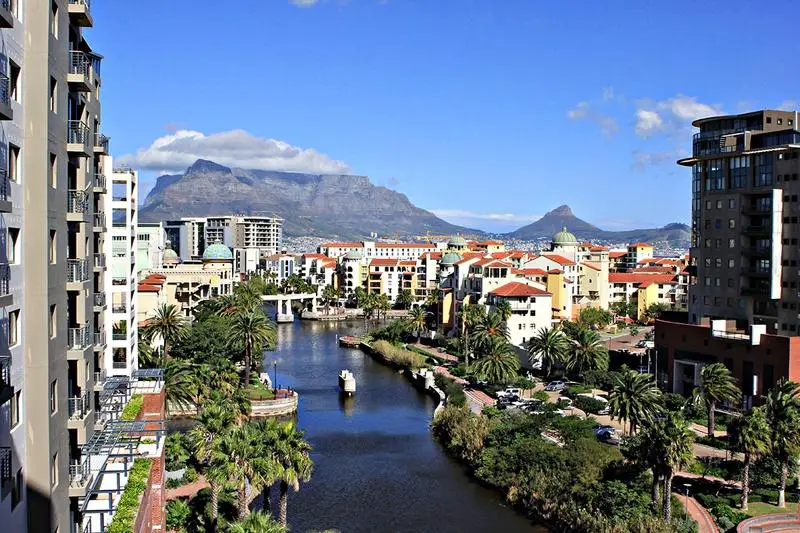Experts, policy makers and industry captains will on Monday November 28-30 gather in Century City, Cape Town for the South Africa Green Hydrogen Summit (SAGHS) 2022.
According to the organiser-Infrastructure South Africa (ISA), the summit seeks to showcase the country’s offering as an early stage, large scale, low cost, world class green hydrogen production hub and total value chain investment destination.
Senior delegations from the other founding members of the AGHA including Egypt, Kenya, Mauritania, Morocco and Namibia have also been invited to showcase their unique offering at the SAGHS.
The summit comes at a time of growing momentum and intrest in switch to Green hydrogen.
Global confidence has grown rapidly on the role of green hydrogen in securing a clean energy revolution that achieves both the UN Sustainable Development Goals and the objective of the Paris Agreement.
The United Nations’ Marrakech Partnership’s Energy Pathway foresees 500-800 gigawatts (GW) of green hydrogen electrolysis deployment by 2030, consistent with the International Energy Agency’s (IEA) recent Net Zero 2050 scenario.
Production at this scale can decarbonize key sectors like steel, shipping, power, and chemicals (i.e. fertilizers) that are challenging to electrify with renewables directly.
Critically, many experts have long expected green hydrogen costs to decline rapidly, potentially becoming cost-competitive with emissions-abated fossil fuels this decade.
The most rapid path to this outcome will leverage the most advantageous locations worldwide, where exceptional renewables create new value pools for global carbon abatement.
Today, industry assessments of scalability and cost reduction increasingly support this bold trajectory.
The Green Hydrogen Catapult was launched in 2020 by seven leading energy and industry companies with a target to deliver 25 GW globally and costs below USD 2/kg by 2026—a possible tipping point for global industrial development.
The Hydrogen Council estimates that a US$200 billion investable pipeline of green hydrogen projects are currently under development. BNEF currently estimates that annual demand for ~8GW of green hydrogen electrolysis capacity and its supply will arise by 2025.
This private sector momentum is underpinned by emerging policy leadership in Europe, China, India, and North America.
Funding support ranging between USD 10-20 billion per year, alongside carbon pricing and regulation, will spur more rapid deep decarbonization than commonly anticipated as costs continue to decline and demand expands further.



















